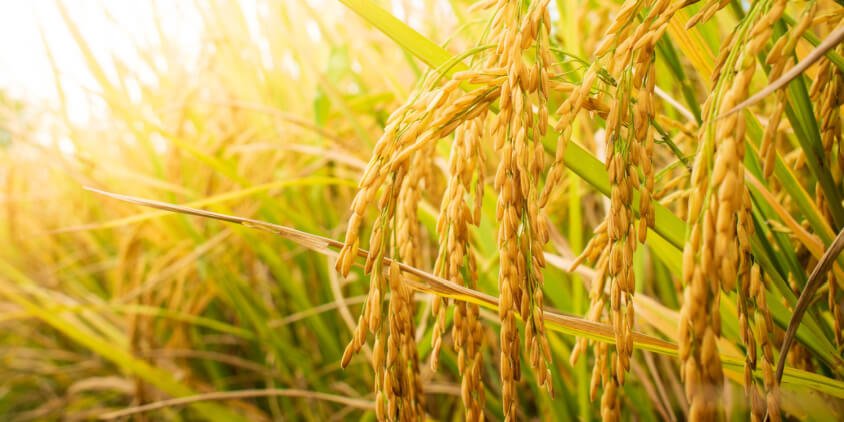Monday, 13 October 2025

Indian rice farming may soon enter a new era of productivity and sustainability. In a breakthrough that could redefine how the nation grows its staple crop, scientists from the International Rice Research Institute (IRRI) and the Indian Council of Agricultural Research (ICAR) have unveiled advanced rice lines capable of delivering higher yields while consuming significantly less water and labor.
These innovations are tailored for Dry Direct-Seeded Rice (DDSR) — an emerging cultivation technique where seeds are sown directly into dry soil instead of traditional flooded paddies. By eliminating the need for continuous irrigation and transplanting, DDSR offers a pathway to more water-efficient, climate-resilient rice production—particularly crucial as India faces mounting groundwater stress and rising rural labor costs.
The new lines integrate 19 key agronomic and resilience traits into high-performing varieties. These include anaerobic germination, enhanced seedling vigor, lodging resistance, and built-in protection against major pests and diseases such as blast, brown planthopper, and gall midge. Scientists successfully introgressed these traits into MTU 1010—one of India’s most widely cultivated rice varieties—and IR 91648-B-89-B, an elite breeding line carrying major QTLs for yield stability under reproductive-stage drought stress, developed in the background of the iconic variety Swarna.
A striking field comparison underscored the genetic leap: under DDSR conditions, the best-performing lines achieved 5.7 tons per hectare, while maintaining 5.6 tons under flooded systems—a 15–16% yield gain over their parent lines.
“This is one of the few successful efforts to stack a comprehensive suite of DDSR traits into elite rice backgrounds,” said Dr. Vikas K. Singh, Regional Breeding Lead–South Asia at IRRI. “It demonstrates that India’s most popular transplanted varieties can be re-engineered for direct-seeded systems without compromising yield or grain quality.”
Several of these advanced lines are already progressing through India’s varietal release pipeline, with two in advanced national evaluation trials. Once commercialized, they could offer Indian farmers the dual advantage of climate resilience and profitability, cutting input costs while sustaining grain output.
The research, jointly implemented by IRRI and ICAR, was supported by India’s Department of Biotechnology (DBT) as part of the IRRI–ICAR Work Plan on Genetic Enhancement and Breeding Innovations. The findings are detailed in the recent publication, “Enhancing Crop Resilience through Elite Pre-breeding Lines with Key Traits for Dry Direct-Seeded Rice,” in Plant Genome.
With water use in rice farming accounting for over 40 per cent of India’s total irrigation withdrawals, IRRI’s DDSR breeding innovations could be a defining step toward a more resource-smart, climate-resilient food system for South Asia’s future.